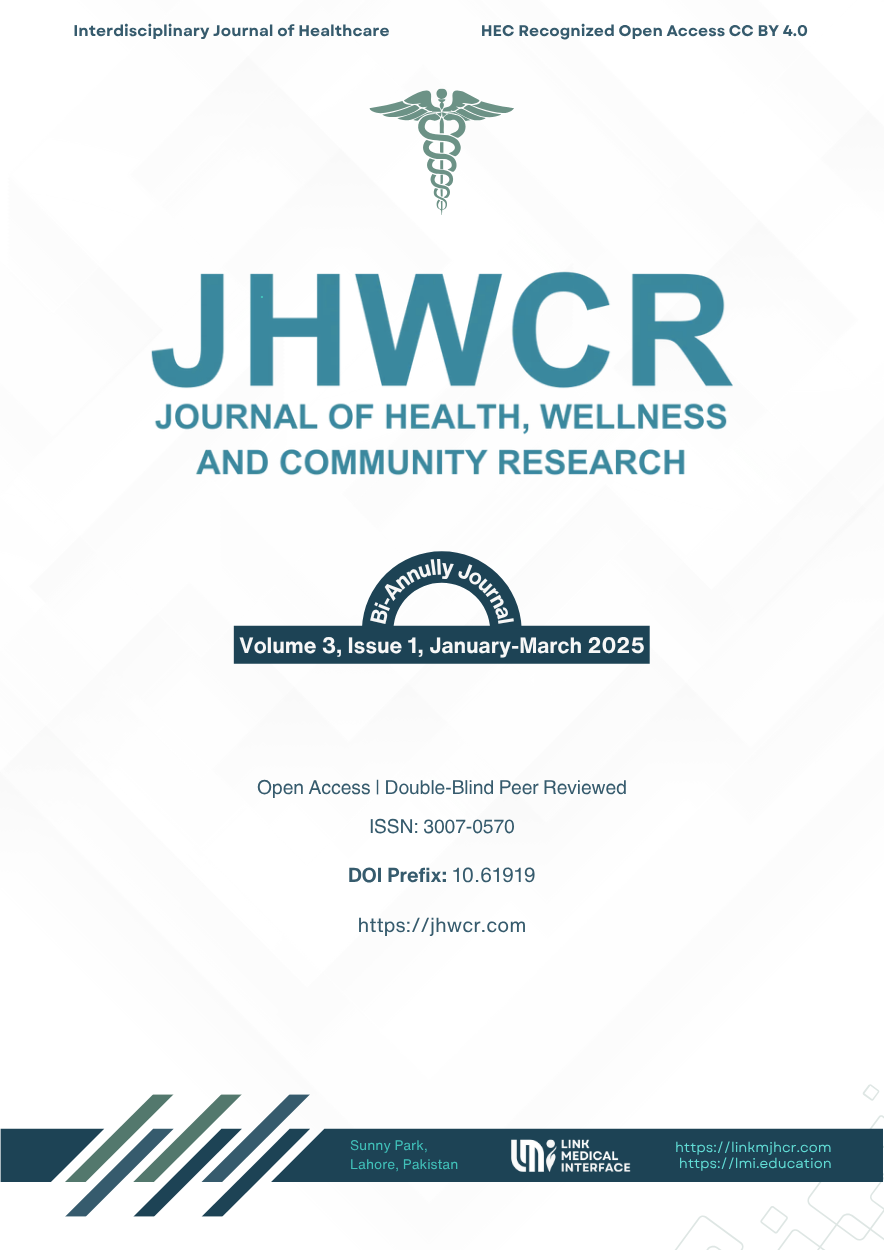Comparative Analysis of Serum Triglyceride Levels in Preeclamptic and Normotensive Pregnant Women: A Cross-Sectional Study
DOI:
https://doi.org/10.61919/m7qpse81Keywords:
Pregnancy, Preeclampsia, Triglycerides, Hypertension, Lipid Metabolism, Pregnancy-Induced Hypertension, Maternal HealthAbstract
Background: Preeclampsia is a major contributor to maternal and perinatal morbidity and mortality, particularly in low-resource settings. Emerging evidence suggests that dysregulated lipid metabolism, especially elevated serum triglycerides, may play a role in its pathophysiology, but targeted studies focusing solely on triglycerides remain limited. Objective: To determine mean serum triglyceride levels in pregnant women and to compare these levels between those with preeclampsia and normotensive pregnancies, thereby exploring triglycerides as a potential biomarker for preeclampsia risk. Methods: This cross-sectional observational study was conducted at Holy Family Hospital, Rawalpindi, over six months, enrolling 60 pregnant women (n = 60), divided equally into preeclampsia (n = 30) and normotensive (n = 30) groups. Women aged 20–40 years beyond 20 weeks of gestation were included, excluding those with diabetes, chronic hypertension, or hepatic/renal disorders. Fasting serum triglyceride levels were measured using enzymatic assays. A threshold of >1.6 mmol/L defined hypertriglyceridemia. Statistical analysis was conducted using SPSS v27, with independent sample t-tests and stratification; p-values < 0.05 were considered significant. Results: Mean serum triglyceride levels were significantly higher in the pre-eclampsia group (1.60 ± 0.27 mmol/L) compared to the normotensive group (1.40 ± 0.29 mmol/L), with p = 0.009. Clinically, elevated triglycerides were also significantly associated with higher BMI and earlier gestational age. Conclusion: Serum triglyceride levels are significantly elevated in preeclamptic pregnancies and may serve as an accessible biomarker for early risk stratification. Incorporating triglyceride screening into antenatal care could enhance clinical decision-making and maternal-fetal outcomes.
Downloads
Published
Issue
Section
License
Copyright (c) 2025 Sidra Bhatti, Humaira Bilqis, Mirza Muhammad Saqlain, Sadia Sukhera (Author)

This work is licensed under a Creative Commons Attribution 4.0 International License.


